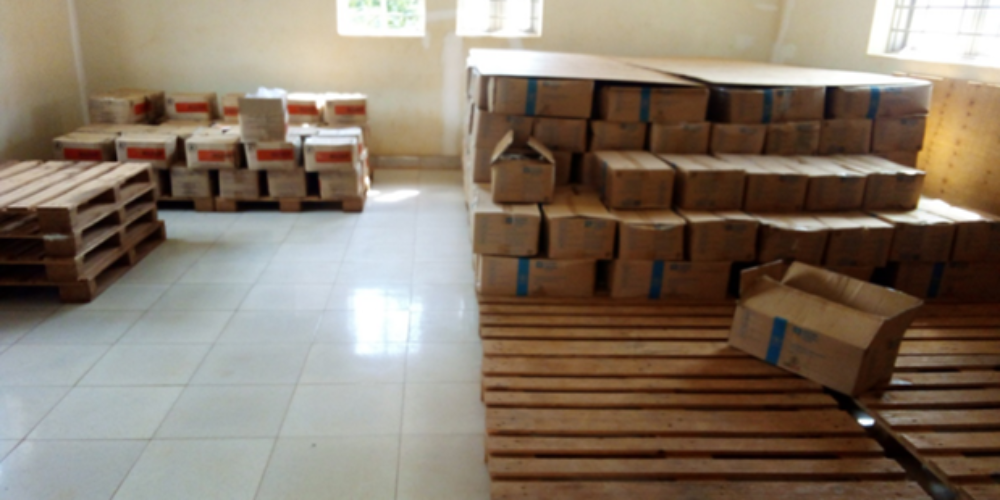
Bujubuli store with Minimum inventory.
In today’s fast-paced business world, excess inventory can be a major obstacle to growth and profitability. Whether it’s unsold products taking up valuable storage space or excess and obsolete items tying up capital, having too much inventory can lead to increased costs and decreased cash flow.
There are various causes of excess inventory that businesses should be mindful of. Forecasting errors, such as inaccurate predictions of product demand, can result in over-ordering or under-ordering, leading to surplus stock. Poor inventory management practices, like inadequate tracking systems or communication gaps between departments, can also contribute to excess inventory. Supplier issues, changes in demand, product life cycle mismanagement, quality problems, lack of communication, and bulk ordering are other factors that can lead to excess inventory.
The consequences of excess inventory can be significant. Storing excess inventory requires warehouse space, leading to increased operational expenses. Money tied up in excess inventory, along with insurance and taxes, can impact profitability. Excess inventory may consist of products that become obsolete or outdated, leading to potential losses. Managing excess inventory can divert resources from other areas of the business, impacting overall efficiency.
To prevent excess inventory, businesses can implement proactive strategies. Accurately predicting customer demand using data analytics tools can help prevent overstocking. Adopting a Just-in-Time (JIT) inventory management approach can help businesses order goods precisely when needed, reducing excess stock. Implementing regular audits and real-time monitoring can help maintain optimal stock levels and identify issues promptly.
By effectively managing inventory and addressing the root causes of excess, businesses can streamline operations and improve their bottom line.
By Anguyo Amos
Stores Assistant
KRC-Uganda, Kyaka II refugee settlement


